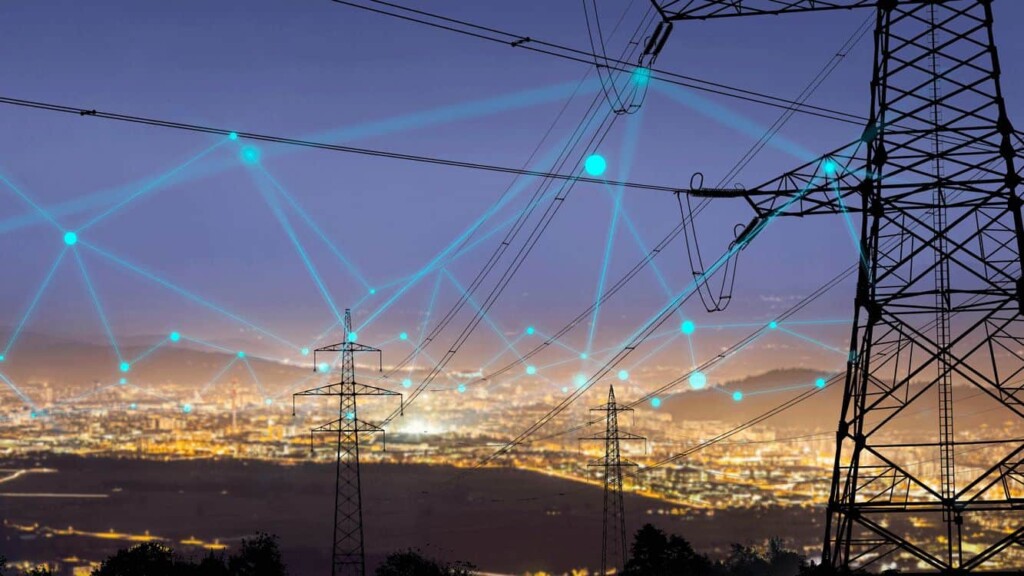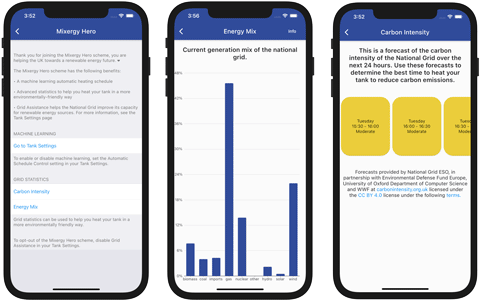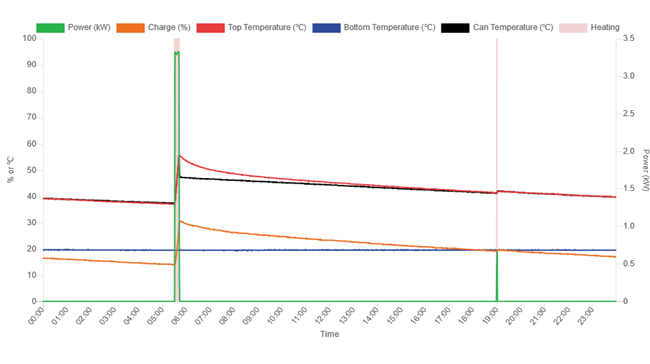
Mixergy and Grid Services
The UK government set the world’s most ambitious climate change target into law in April 2021 to reduce emissions by 78% by 2035 compared to 1990 levels.
There are local micro measures we can all take, such as using less energy at point of use ‘turn the light off!’ and there are also significant macro-scale factors that will help us lower our carbon impact.
One of the macro-scale measures is the use of demand side response (DSR) to enable the use of more low carbon and renewably generated energy.
So, what is demand side response (DSR)?
In a time where we are increasing the amount of renewable energy generation onto our national energy infrastructure (wind and solar predominantly), we are successfully driving down the carbon intensity of our electricity supply, however with an ever-increasing ratio of our energy from unpredictable and variable sources, we cannot easily match supply and demand. For example, it isn’t going to be really windy and really sunny every day, so we need to have back-up energy ready. And conversely, the timing of when it is really windy and sunny doesn’t always align to when demand is at its highest, which is usually between 4 and 7pm. So, demand side response (DSR) is a tool used by the National Grid to try and match demand to the available supply. In practice, companies called ‘aggregators’ bid for portions of demand they can match (usually in >1MW chunks). When there is an excess of energy available (during sunny and windy periods), the aggregators direct energy to a series of assets that can take advantage of this low carbon renewably generated electricity.
This is where Mixergy comes in.
When the nation’s supply of renewable power exceeds demand, the frequency (Hz) of our electricity supply starts to increase. The National Grid have a statutory obligation to keep the frequency between 49.5Hz to 50.5Hz. At all times, the system is ‘collectively aiming’ at a central frequency of 50Hz. When the frequency goes above 50Hz this is an indicator that there is a surplus of demand with respect to supply, and devices (like the Mixergy tank) can be switched on to help stabilise the power system.
Mixergy’s fleet of ‘grid enabled’ and cloud-connected tanks operate with Centrica Business Solutions to power on during certain frequency events under a service called Firm Frequency Response (FFR). These FFR events happen a few times a month and typically last between 20 seconds and 2 minutes. Any Mixergy customer who has selected the ‘grid enabled’ setting in their app, will contribute their tank to this virtual fleet.
Mixergy reward our customers for helping the National Grid use more renewable power, through our Mixergy Hero Scheme. By opting into the Mixergy Hero Scheme, you are joining others to include your Mixergy tank in the movement to support a low-carbon future. Within the Mixergy app, you can uncover a range of special features that other users cannot access, including grid carbon intensity forecasts and live grid energy mix data.

Users can see when FFR events occur on their power data graphs on the Mixergy cloud Mixergy.io and will typically be shown as a small spike in power consumption. In this example, the FFR event on the evening of 26th January 2021 lasted only 10 seconds.

Empowering customers to take advantage of low-carbon energy is core to Mixergy’s activity. Whether that is through locally generated low-carbon energy, dynamic tariffs, or FFR, Mixergy is the solution for you.
Want to discuss more? Contact the team.

